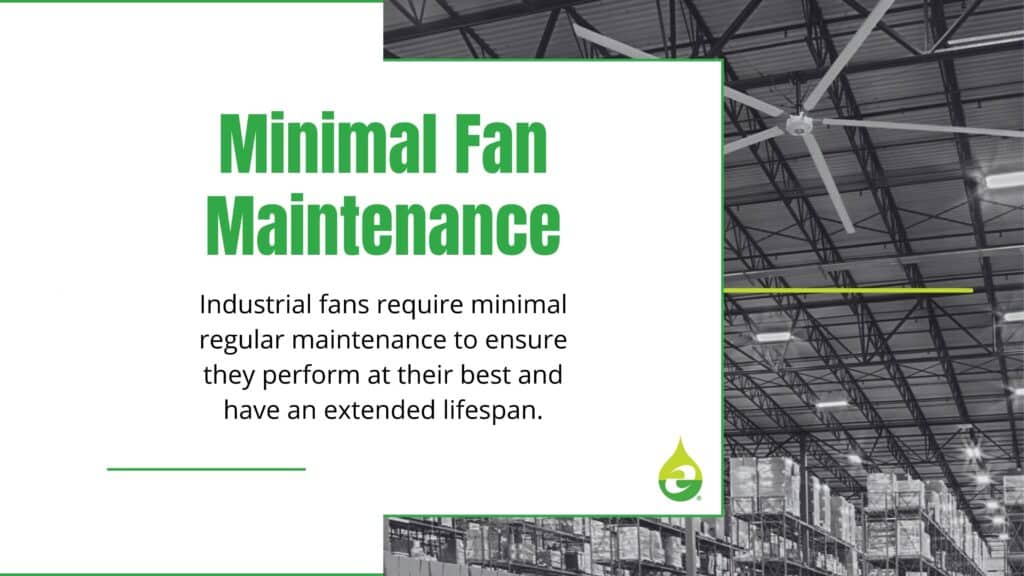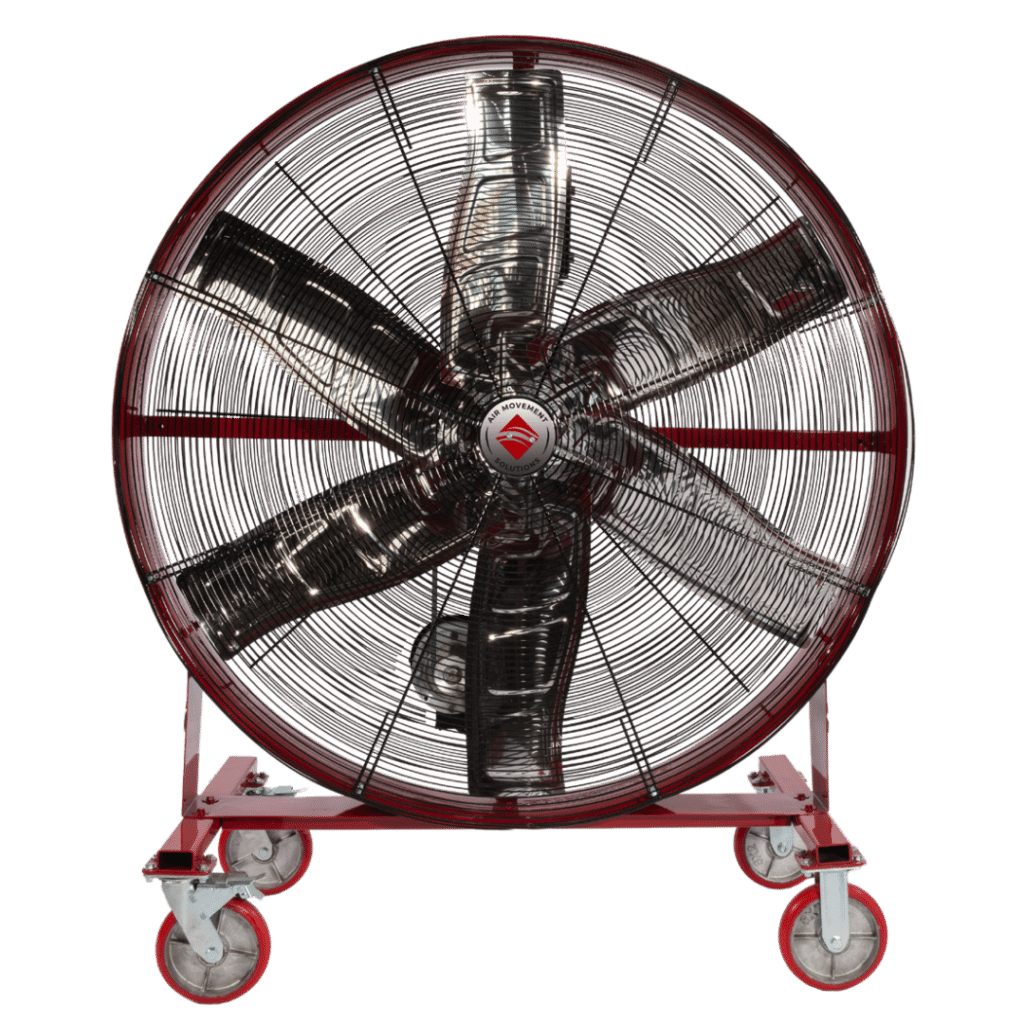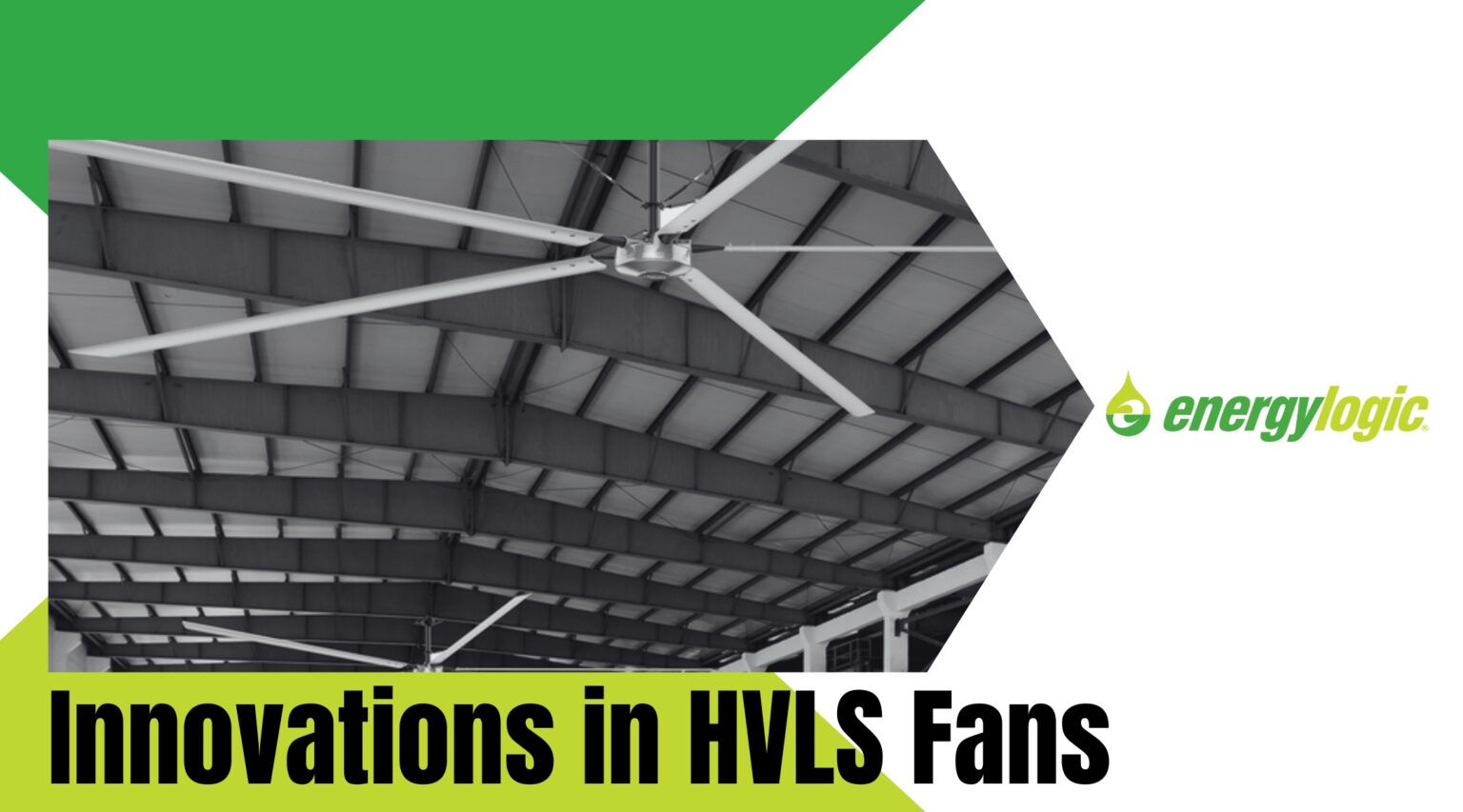Industrial fans play a critical role in maintaining a comfortable and safe environment in various industries. From cooling large manufacturing plants to ventilating commercial spaces, these powerful machines are essential. However, like any mechanical equipment, industrial fans require regular maintenance to ensure they perform at their best and have an extended lifespan. In this comprehensive guide, we’ll explore five essential maintenance tips to keep your industrial fans running smoothly.

1. Regular Cleaning
Dust, particles, and impurities have the potential to gather on the fan blades and within the housing, which can impede airflow and diminish overall efficiency. To maintain optimal performance, it is essential to engage in routine cleaning of the blades, motor, and their immediate vicinity to deter the accumulation of these contaminants. The frequency of this cleaning process may vary based on the specific environmental conditions but typically falls within the range of monthly to quarterly.

To ensure the task is executed safely and effectively, it is recommended that a qualified maintenance professional or skilled technician with experience using a lift be entrusted with the responsibility of cleaning the blades. They should use a soft cloth or sponge with hot water or conventional cleaning solutions. It is critically important to avoid utilizing chlorine or any chlorine-containing chemicals, as these substances have the potential to cause damage to the blades.
2. Retention System Check
Most HVLS fans are installed with a retention system. Every 12 months, check that the retention cable is properly attached to the building structure. Inspect the visible portions of the retention cable for damage, including fraying. The retention cable is an important part of the safety system and protects users in the unlikely event of a catastrophic situation. It is critical for fan owners to ensure that it is intact and properly secured.
3. Belt Fan and Fan Motor Inspections
For belt-driven fans, inspect the belts for signs of wear and tension regularly. Replace worn or damaged belts promptly and ensure they are properly tensioned to prevent slipping. Also make sure to inspect the fan motor for signs of wear, overheating, or unusual noises. If you notice any issues, address them promptly to prevent motor failure.
4. Bearing and Equipment Maintenance

Proper lubrication is crucial for the longevity of industrial fan motors. Follow the manufacturer’s recommendations for lubrication intervals and use the recommended lubricants. Clean and lubricate fan bearings as recommended by the manufacturer. Properly maintained bearings reduce friction and extend the life of the fan motor.
5. Balance Check
Imbalanced fan blades can cause excessive vibration and noise, leading to premature wear. Use a balancing kit to ensure fan blades are properly balanced. Over time, fan blades can wear out or become damaged. Replace damaged or worn blades to maintain optimal performance.
Safety Measures to Ensure Successful Maintenance
Prioritize safety during maintenance. Turn off power sources and lock out equipment before conducting any work on the industrial fan. Follow safety procedures to protect both personnel and equipment. Keep detailed records of all maintenance activities, including dates, tasks performed, and any replacement parts used. This documentation helps track the fan’s history and aids in planning future maintenance.
Conclusion

Proper maintenance of industrial fans is essential for optimal performance and an extended lifespan. Regular cleaning, lubrication, belt inspection, bearing maintenance, balance checks, motor inspections, and safety measures all contribute to a well-maintained industrial fan. Additionally, testing airflow, replacing fan blades when necessary, and keeping detailed maintenance records are crucial steps in ensuring the efficiency and reliability of your industrial fans.
By following these five essential maintenance tips, you can reduce downtime, extend the life of your industrial fans, and ensure they continue to provide reliable airflow and ventilation for your facility. Regular maintenance not only saves money by avoiding costly repairs but also contributes to a safer and more efficient work environment.




